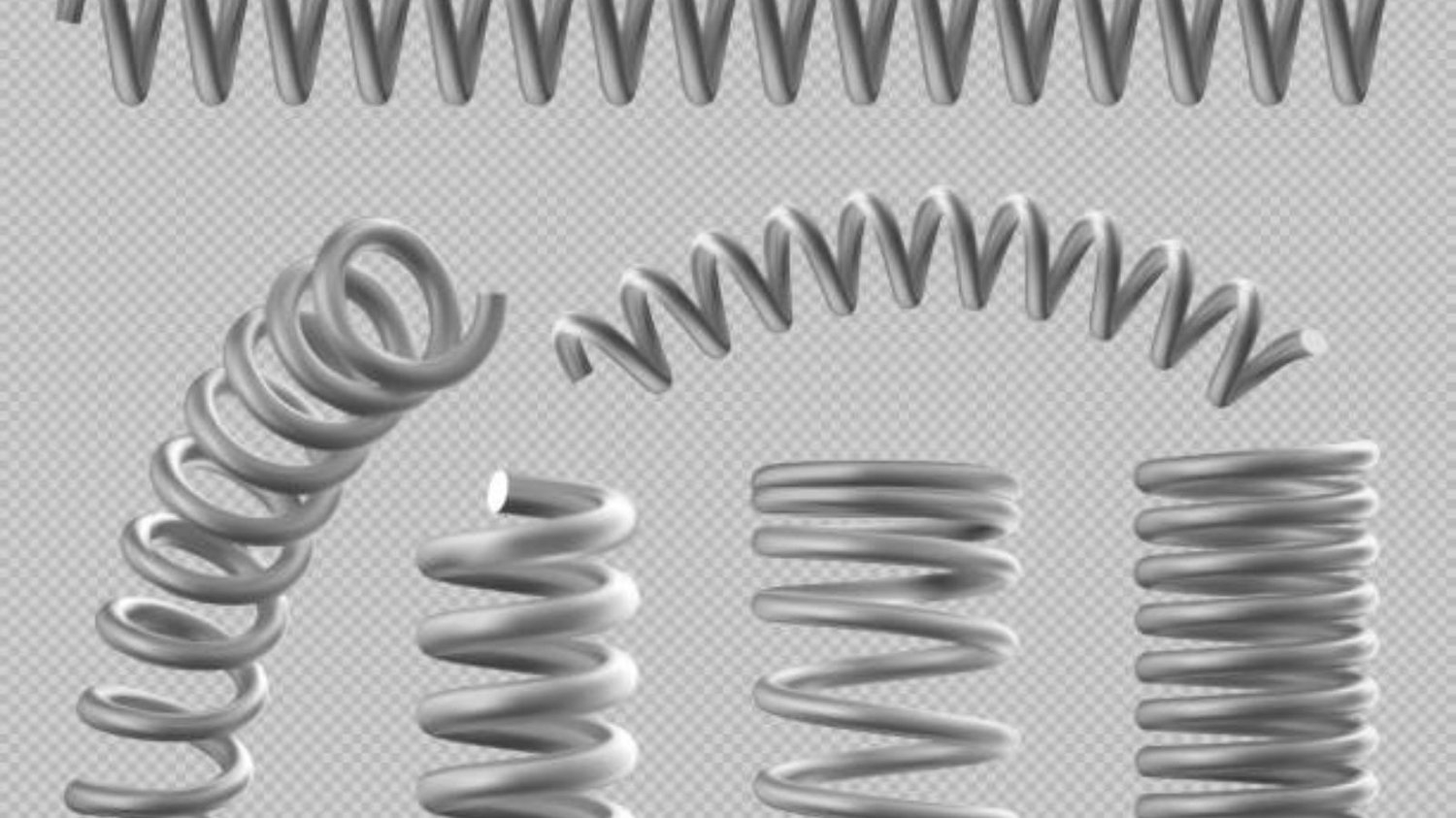Do compression springs resist a pulling force?? Understanding the Mechanism Behind
Compression springs are a common type of spring that is utilized widely across various industries for various applications. These springs exert force when compressed and return to their original length when released. However, a question that often arises is whether these springs can resist a pulling force as well? In this article, we will try to delve into the working mechanism of compression springs and find out if they can resist a pulling force or not.
What Are Compression Springs?
Compression springs are helical springs designed to exert force when compressed. These springs are often used in applications where there is a need to absorb, store, or release energy. The most common applications for compression springs include automotive engines, shock absorbers, valve actuators, and electrical switches.
How Do Compression Springs Work?
Compression springs work on the principle of Hooke's law, which states that the force required to compress or stretch a spring is directly proportional to the distance the spring is compressed or stretched. When a compression spring is compressed, the coils are pushed closer together, which causes the spring to exert force in the opposite direction.
Can Compression Springs Resist a Pulling Force?
Compression springs are designed to resist compressive forces and not pulling forces. When a compression spring is subjected to a pulling force, it will elongate rather than compress. This is because pulling forces cause the spring's coils to separate, reducing the force exerted by the spring. Therefore, if you want to use a spring to resist a pulling force, you need to use a different type of spring, such as a tension spring.
What Happens When a Compression Spring is Pulled?
When a compression spring is pulled, the coils will separate, and the spring will elongate. The spring's original force will decrease, and it will require more force to compress the spring back to its original length. Pulling a compression spring beyond its elastic limit will permanently deform the spring. This means that the spring will no longer return to its original length even when the pulling force is released.
What Factors Affect a Compression Spring's Resistance to Pulling Forces?
Various factors affect a compression spring's resistance to pulling forces, including the diameter of the wire, the number of coils, the length of the spring, and the material used to manufacture the spring. The greater the number of coils, the lesser the resistance to pulling forces. Similarly, the longer and thinner the spring, the less its resistance to pulling forces. Finally, the material used to manufacture the spring also plays a crucial role in determining its resistance to pulling forces.
Can You Modify a Compression Spring to Resist a Pulling Force?
It is possible to modify a compression spring to resist a pulling force by adding ends that are designed to resist the pulling force. These are known as extension springs, and they work on the principle of the spring being pulled rather than compressed. In extension springs, the coils are designed to resist the pulling force, and the spring exerts force when it returns to its original length.
What Are the Advantages of Compression Springs?
Compression springs are widely used across various industries due to their numerous advantages. These springs are easy to install, cost-effective, and have a long service life. Additionally, they can be designed to meet specific performance requirements, making them ideal for a wide range of applications.
When Should You Use a Compression Spring?
You should use a compression spring when you need to absorb, store, or release energy in a particular application. Additionally, you should use compression springs when there is a need for a cost-effective and reliable component that will perform consistently over an extended period.
How Can You Ensure the Longevity of Your Compression Springs?
You can ensure the longevity of your compression springs by storing them correctly, ensuring that they are not subjected to excessive temperatures or corrosive environments. Additionally, you should inspect your compression springs regularly for signs of wear and tear and replace them if necessary.
Conclusion
In conclusion, compression springs are designed to resist compressive forces and not pulling forces. Pulling a compression spring beyond its elastic limit will result in permanent deformation, reducing its efficiency. If you need a spring to resist pulling forces, you should use a different type of spring, such as a tension spring.

